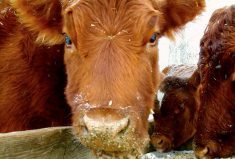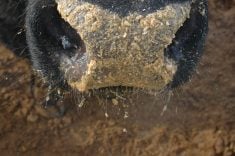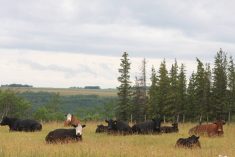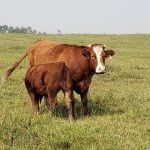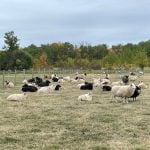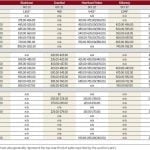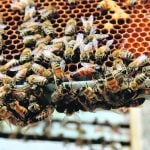Compared to last week, western Canadian feeder cattle markets were trading $3 lower to as much as $5 higher. Once again, most auction barns were either closed or had limited numbers on offer. Lighter-weight yearlings were in high demand, especially after the triple-digit gains in the live and feeder cattle futures on Wednesday and Thursday. Fed cattle prices appear to have stabilized for the time being, after dropping nearly $45 from the May highs. Hope deferred makes the heart sick but renewed optimism surfaced after fed cattle traded marginally higher in the U.S. Southern Plains. Feedlot operators shrugged off the recent strength in the feed grains complex, despite the narrowing margin structure. A small group of mixed steers averaging 725 lbs. were quoted at $216 in southern Alberta; medium-frame variable-flesh-level steers averaging around 750 lbs. were quoted at $210 in the same region.
Read Also

U.S. grains: Soy futures post biggest monthly gain in nearly five years on China trade optimism
U.S. soybean futures climbed to a 15-month high and posted their biggest monthly gain in nearly five years on Friday following a rally fueled by the prospect of revived exports to China.
Calves continue to trade at lofty levels with buying interest noted from finishing and backgrounding operators. Yearlings are expected to be in high demand this fall, which has reinforced ownership in the lighter weight categories. Timely rains have replenished pastures for the time being and the smaller groups on offer were a perfect fit for the farmer-cattle producer. In central Alberta, mixed steers averaging around 540 lbs. sold for $240 while mixed heifers weighing 675 lbs. traded for $210. Calves were a bit softer in Manitoba and eastern Saskatchewan.
The U.S. Department of Agriculture increased its beef production estimates for the third and fourth quarters, which could weigh on the fed cattle market moving forward. However, healthy feedlot margins in the first half of the year are expected to be the main factor driving the buying interest for replacement cattle in the early fall period. There is potential for the feeder market to sharply divorce from fed cattle prices moving forward.
— Jerry Klassen manages the Canadian office of Swiss-based grain trader GAP SA Grains and Produits Ltd. and is president and founder of Resilient Capital, specializing in proprietary commodity futures trading and market analysis. Jerry consults with feedlots on risk management and writes a weekly cattle market commentary. He can be reached at 204-504-8339.






